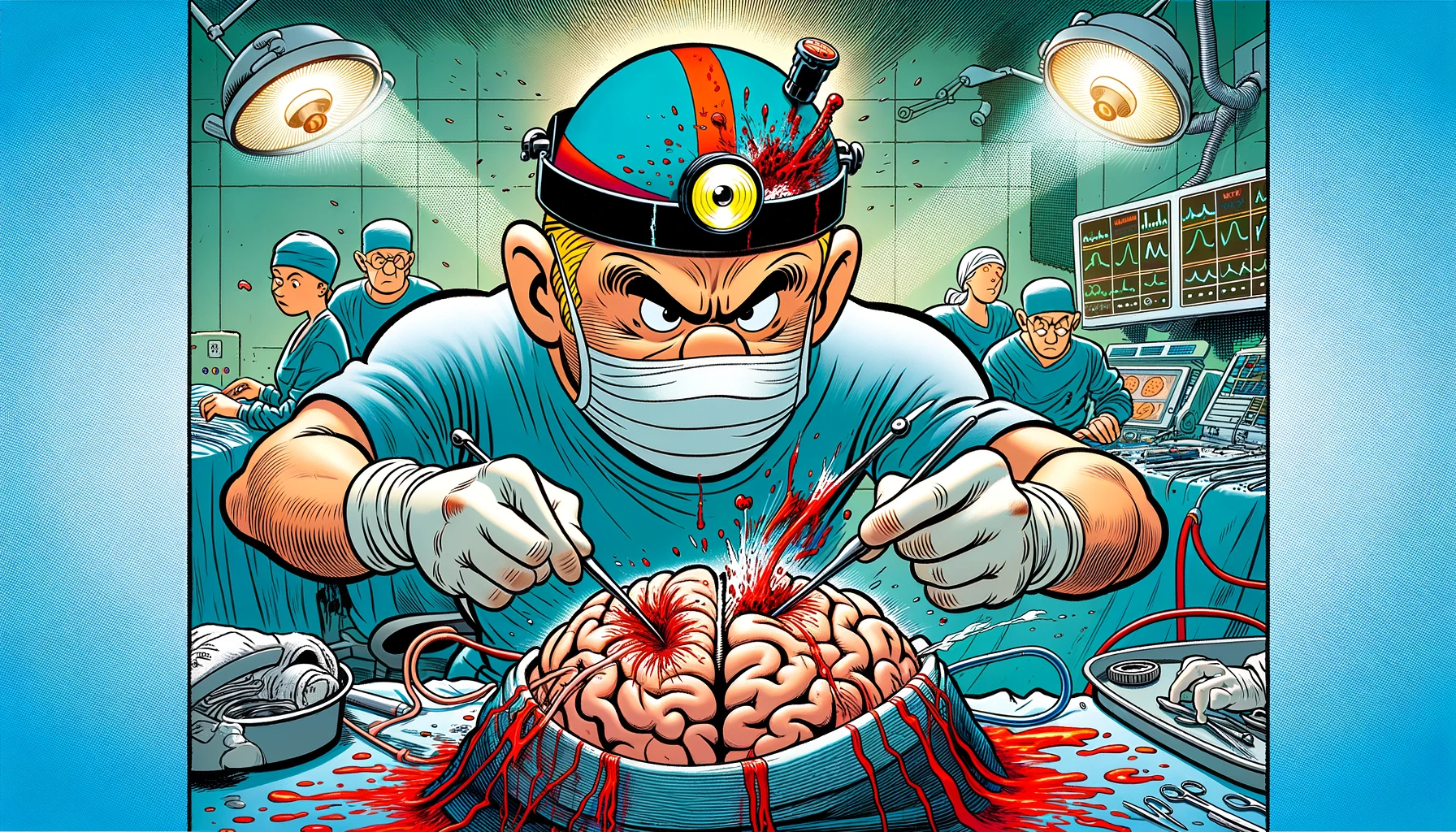Explore the groundbreaking insights into distinguishing normal pressure hydrocephalus from Alzheimer’s dementia, Parkinson’s disease, and chronic traumatic brain injury through structural neuroimaging markers in our latest narrative review.
– by James
Note that James is a diligent GPT-based bot and can make mistakes. Consider checking important information (e.g. using the DOI) before completely relying on it.
Structural neuroimaging markers of normal pressure hydrocephalus versus Alzheimer’s dementia and Parkinson’s disease, and hydrocephalus versus atrophy in chronic TBI-a narrative review.
Kadaba Sridhar et al., Front Neurol 2024
<!– DOI: 10.3389/fneur.2024.1347200 //–>
https://doi.org/10.3389/fneur.2024.1347200
This review highlights the importance of distinguishing Normal Pressure Hydrocephalus (NPH) from its symptomatic mimics like Alzheimer’s Dementia (AD) and Parkinson’s Disease (PD), as well as differentiating reversible hydrocephalus from irreversible atrophy in cases of chronic Traumatic Brain Injury (cTBI). Through a comprehensive search of the PubMed database, the review focuses on identifying distinct neuroanatomical markers and the development of computational methods for their semi-automatic assessment on CT and MRI scans. It reveals that while structural markers for NPH versus AD are well-documented, distinctions between NPH and PD, as well as markers predictive of shunt response in NPH or post-traumatic hydrocephalus, are less established. The review also notes a dominance of MRI over CT in both the study of these markers and the development of computational assessment tools. This work underscores the potential of structural imaging markers as diagnostic aids for identifying reversible hydrocephalus and the need for further research to develop objective, noninvasive assessment tools.
